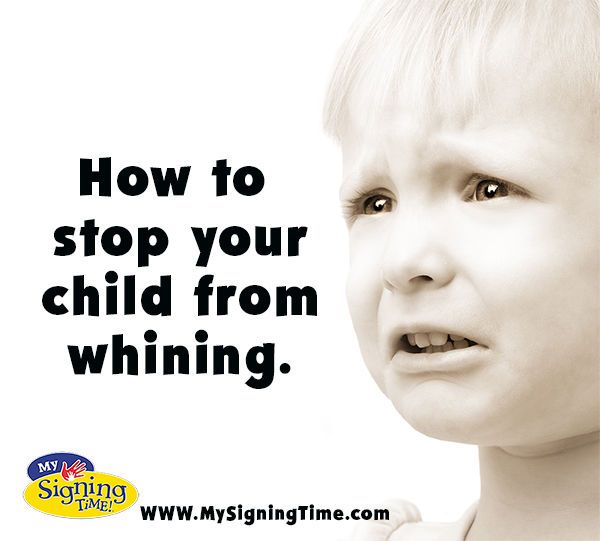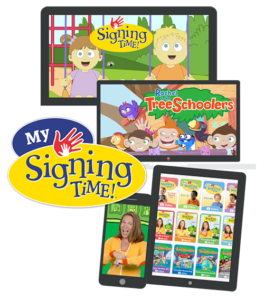Why do children whine?
Children typically start whining as they develop verbal language. It’s often the only way toddlers express themselves when they are hungry, tired, uncomfortable or don’t want to do something. While whining is very common in toddlers, but by age 3-4, children should be able to use the same words to express themselves with a less whiny voice. Then by age 6-8, children should be able to break the habit completely.
Positive Parenting states kids whine, “Because it works!” (For your kids, that is.)
When your kids whine and negotiate, they secure a big chunk of your attention.
Positive Parenting is based on Adlerian Psychology which asserts all humans are hard-wired with two basic emotional needs – belonging and significance. One of the crucial ways parents can meet a child’s need for belonging is to give kids sufficient amounts of attention.
Kids don’t whine to intentionally irritate us—they whine to get our attention. If a specific behavior works for a child they will continue to do it.
Using signs to convey what they want
Using American Sign Language to teach signs will allow your child to communicate before they can verbalize their words. From as early as 6 months old you can start communicating their needs and wants by signing words. such as “MILK“. “EAT“, “CEREAL“, “MORE“, PLEASE’, ‘THANK YOU‘, “BLANKET“, and “SLEEP” during your daily routine. Check out our Signing Success Guide blog post as well as our Baby Signing Time Parent Guide and Signing Time Parent Guide for more tips on signing with your child.
Your tools for both learning and practicing signing language are found at My Signing Time
With a My Signing Time monthly Subscription you get access to our complete signing library, right at your fingertips!
Steps for Eliminating Whining
For these steps to work, there must be consistency. You, your co-parent(s), and care givers must all use the same responses. It is also important to provide plenty of positive attention to meet your child’s need for emotional connection. You many need to learn more about how to help your child identify and express emotions.
- Don’t let the whining bother you. Stay calm. Use a neutral facial expression and voice to express that you can’t understand what they want or need with the voice they are using. Ask them to repeat what they need in their regular voice.
- Set a clear expectation. Make sure your child understands the difference in the tone of voice. You may need to role play a regular and whiny voice if they don’t understand.
- Confirm that your child understands. You may need to repeat step 1 & 2 and until your child can properly model a regular voice and a whiny voice.
- Provide proactive positive attention. Make sure to reinforce your child’s efforts with simple praise stated once. Positive Parenting Solutions states, “When you fill your child’s attention basket positively and proactively, your kids will become more cooperative and less likely to resort to whining as a way to gain your attention.”
- Hang in there. Be patient and consistent. It take practice to effectively communication their wants and needs. Some children may take longer to break the habit.
Resources:
How to Stop Your Child’s Whining
Why Do Kids Whine? 3 Steps to Make it Stop
A Simple Trick to Get Your Kid to Stop Whining



